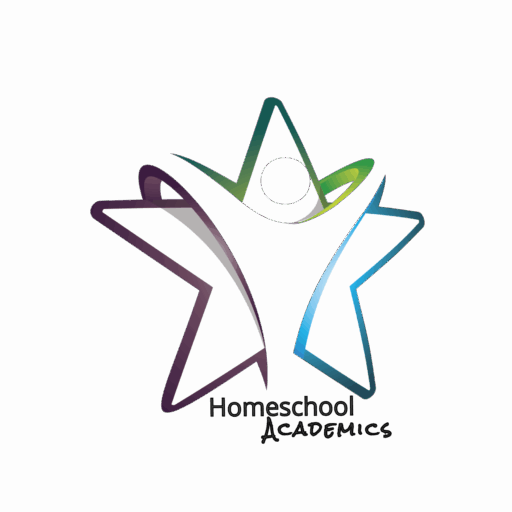Why Learner Profiles Matter No two children learn the same way. Some individuals thrive in quiet environments, while others require movement to stay focused. Some...
Individualize Education
Using Project-Based Learning in Your Homeschool
Project-based learning (PBL) can be an incredibly engaging and practical approach to homeschooling. It allows for deep exploration of topics through hands-on, real-world...
What is a Tactical Learner?
A tactical learner is often mistakenly referred to but what is meant is a tactile learner (sometimes called a kinesthetic learner). This learner learns best through physical...
What is a Visual Learner?
A visual learner learns best by seeing and processing information visually. This learning style is characterized by a preference for pictures, diagrams, charts, maps, and...
What is an Auditory Learner?
An auditory learner is someone who learns best through listening. These individuals tend to absorb and retain information more effectively when presented through sounds,...
What is Kinesthetic Learning?
Kinesthetic learning is a learning style in which individuals learn best through physical activities, such as moving, touching, or doing, rather than listening to a lecture...
What Should Each Grade Level Learn? A Grade-by-Grade Guide
Understanding what children are expected to learn at each grade level helps parents, teachers, and homeschoolers provide age-appropriate education and track developmental...
Why Children Under Seven Learn Best Through Play
In the early years of life, children are naturally curious, imaginative, and eager to explore their world. Rather than learning through lectures or structured academic...
Why Use Bloom’s Taxonomy
Bloom's Taxonomy is a framework for classifying educational objectives and is often used to guide the development of curriculum and assessments in traditional educational...

